Along Australia's northeastern coast, the Great Barrier Reef is the largest coral reef on Earth. It is incredibly diverse, with over 3,000 species of coral and other marine species.. Sometimes, corals also act as secondary consumers based on the food chain in which they participate. 4. Tertiary Consumers: These predators feed on secondary.. Without plankton, the Great Barrier Reef wouldn't exist. It is the largest and most complex reef system in the world and many animals rely on plankton for food. Compared to the colourful reef, the surrounding bluewater zone may look empty and barren, but on closer inspection it is teeming with life: plankton.

The Food Web The Great Barrier Reef Food Web
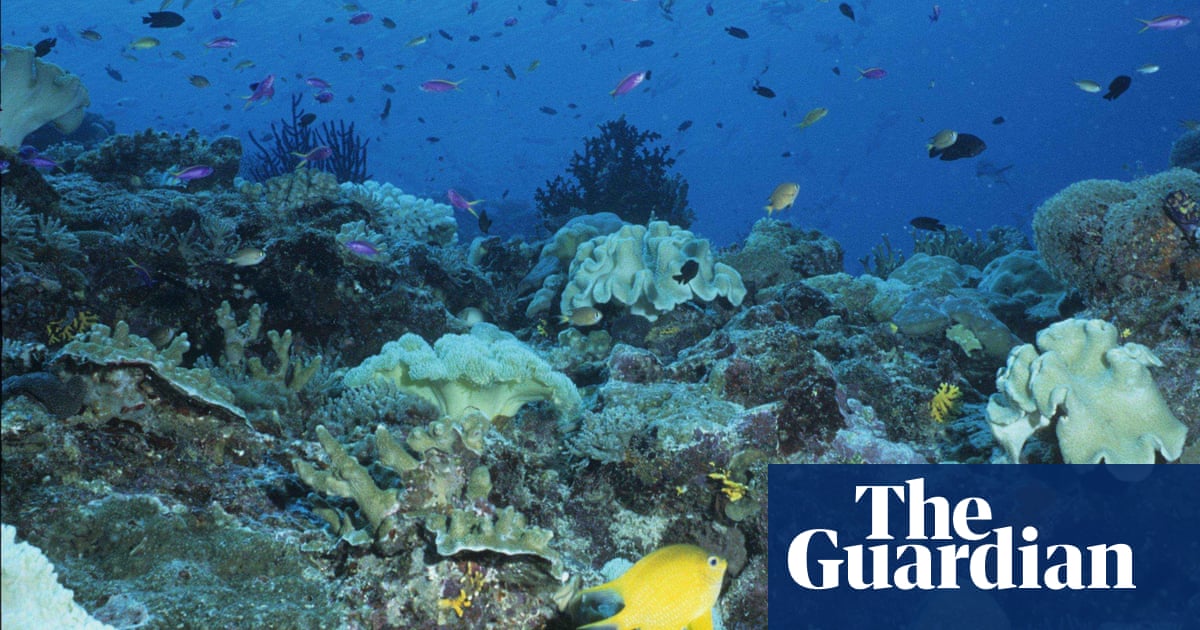
Great Barrier Reef at risk as overfishing disrupts food chain, study finds Environment The

Secrets to success Your aquarium's food chain
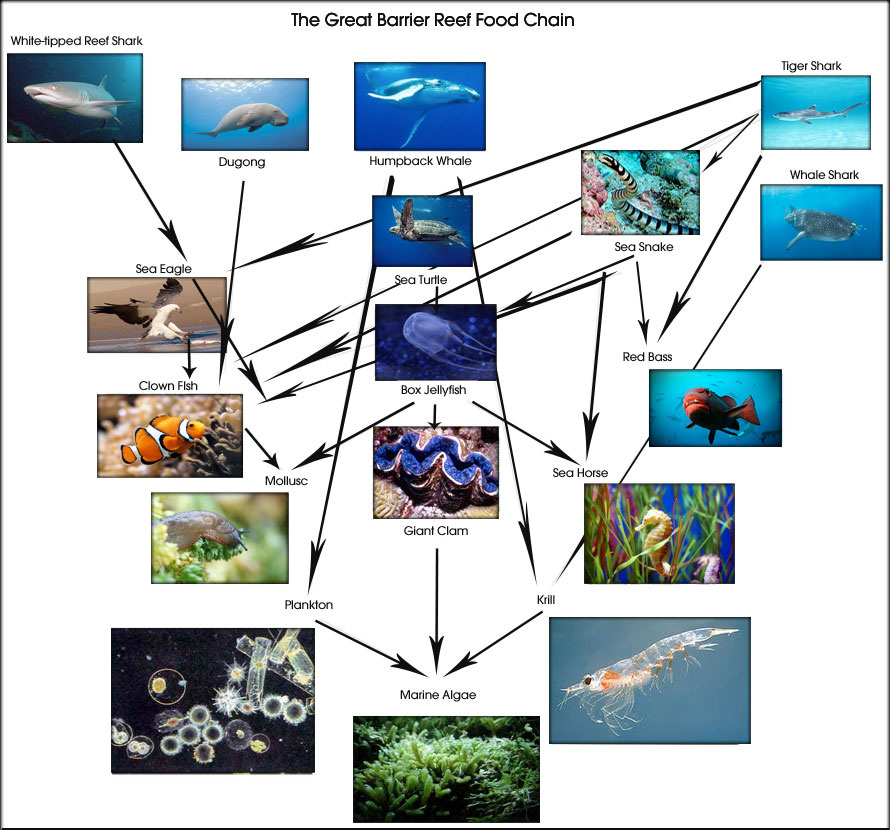
Food Web Great Barrier reef
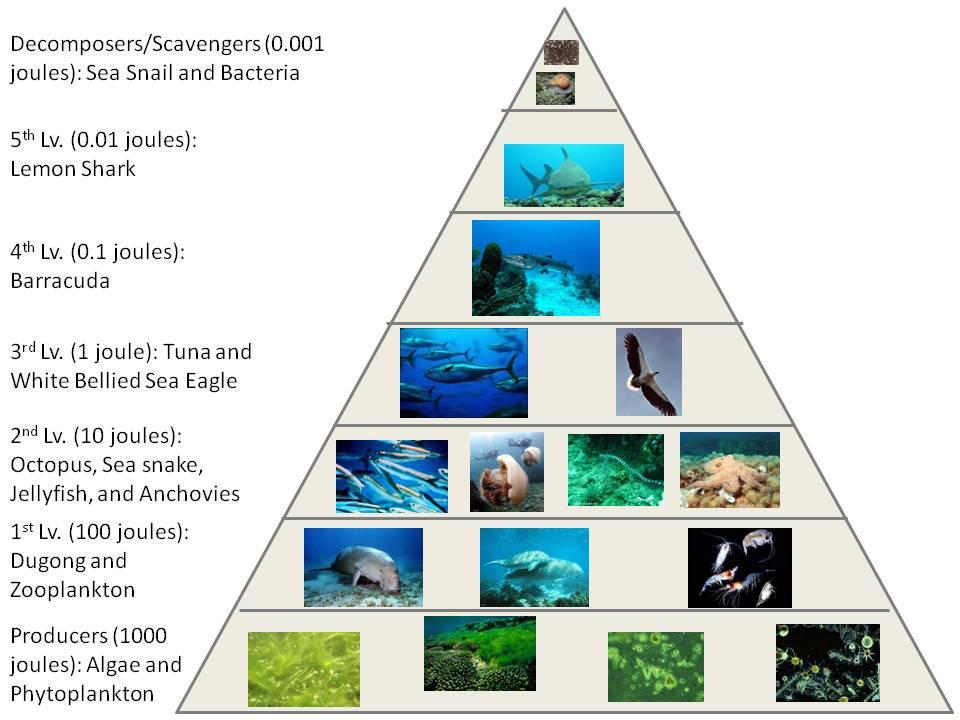
Science Visualized • Energy Pyramid Ecology of the Great Barrier Reef

Food Web Great Barrier Reef (Tropical)

Great Barrier Reef Ecosystem Project 3rd Grade This is an aquatic food chain. foodchain

5. Dugong’s food web showing trophic levels The Great Barrier Reef
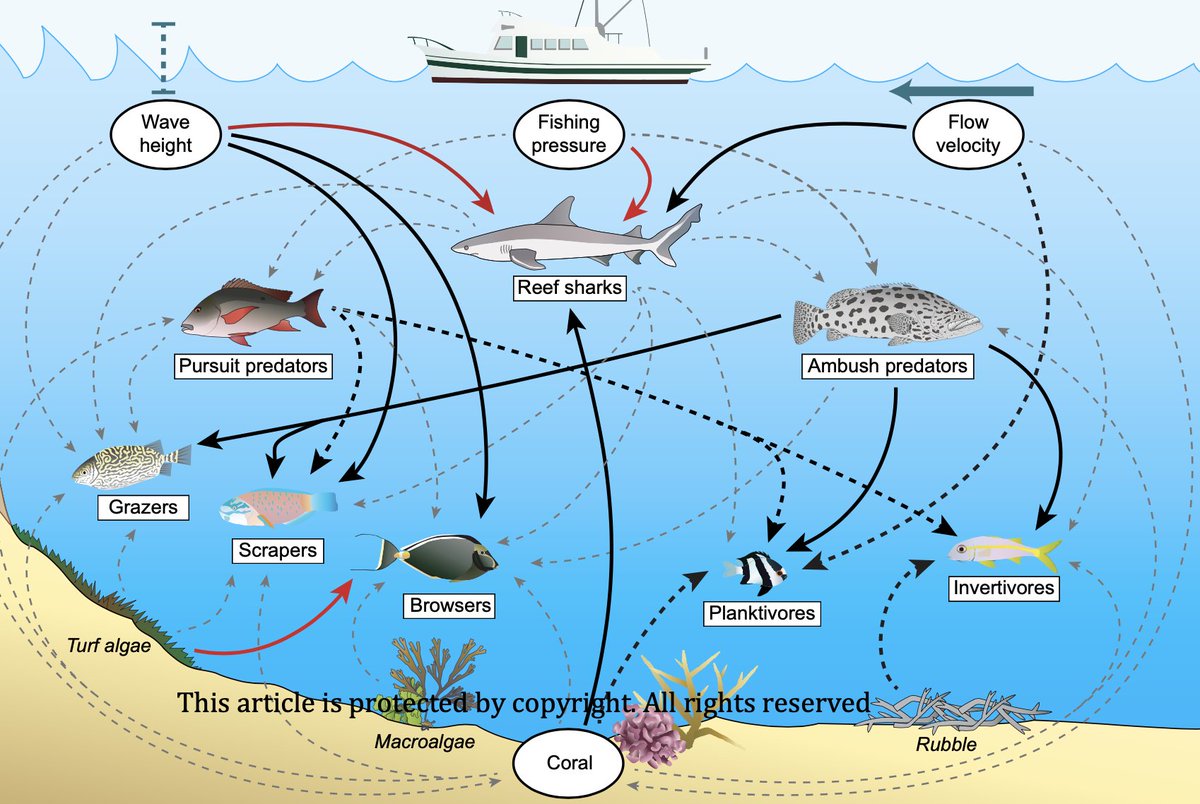
Coral Reef Food Web
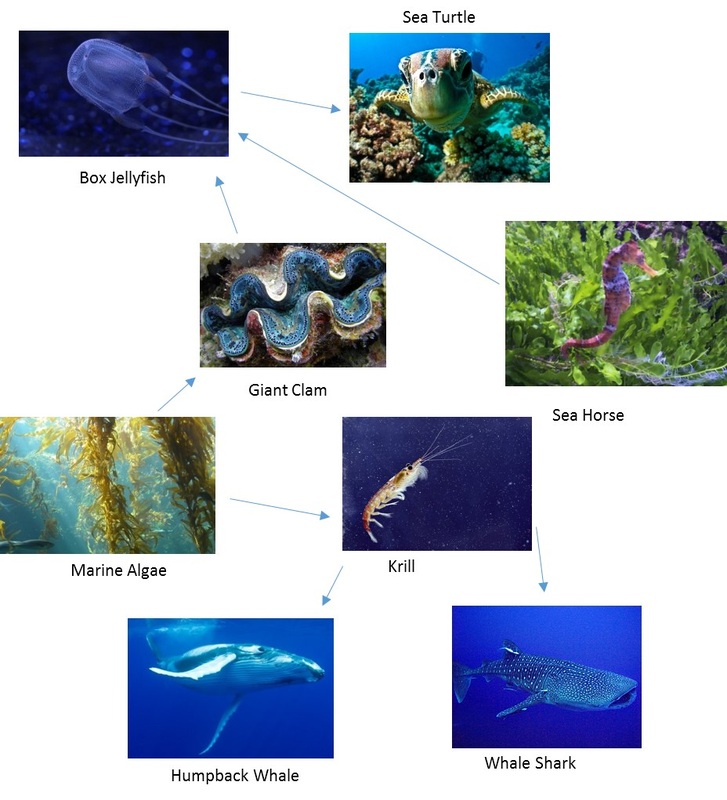
the Food Web
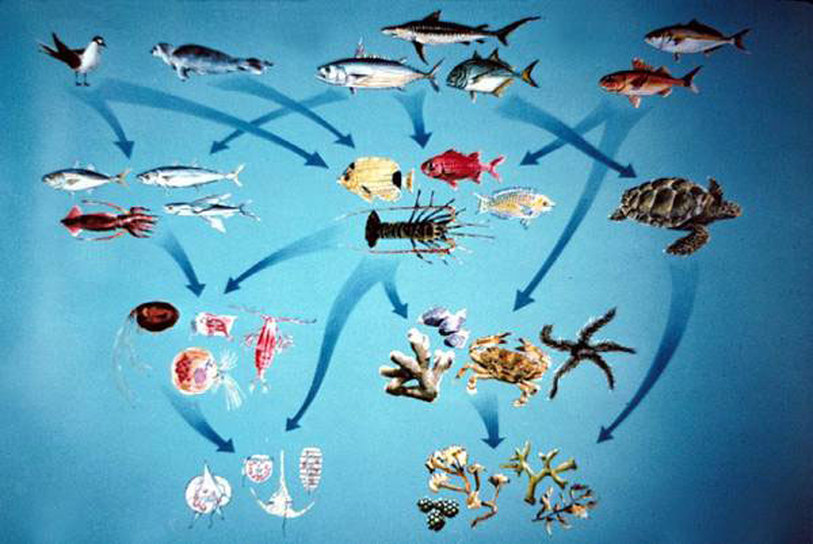
Food Web Marine Biome The Great Barrier Reef
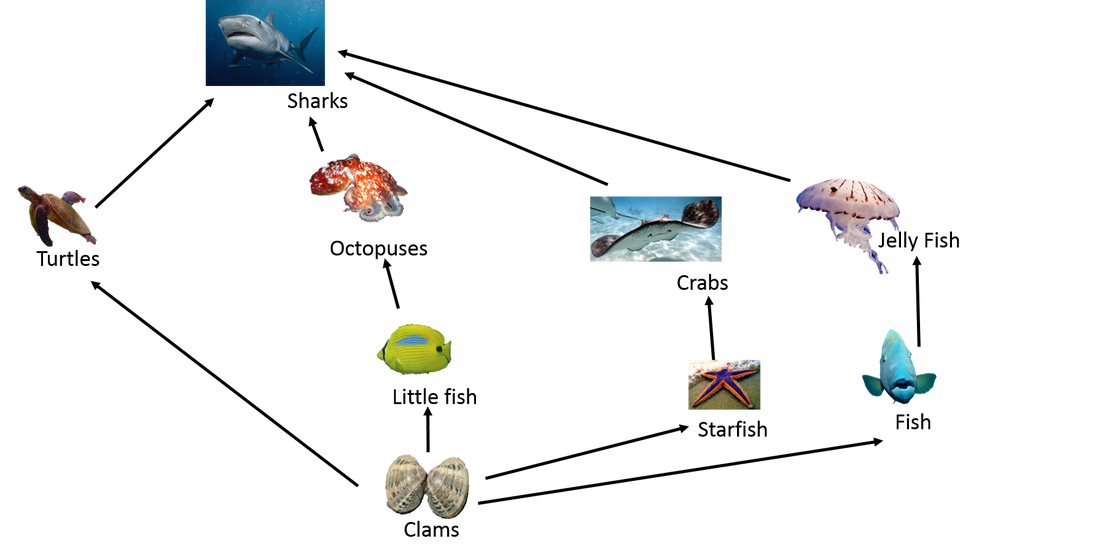
Food Web THE GREAT BARRIER REEF ECOSYSTEM
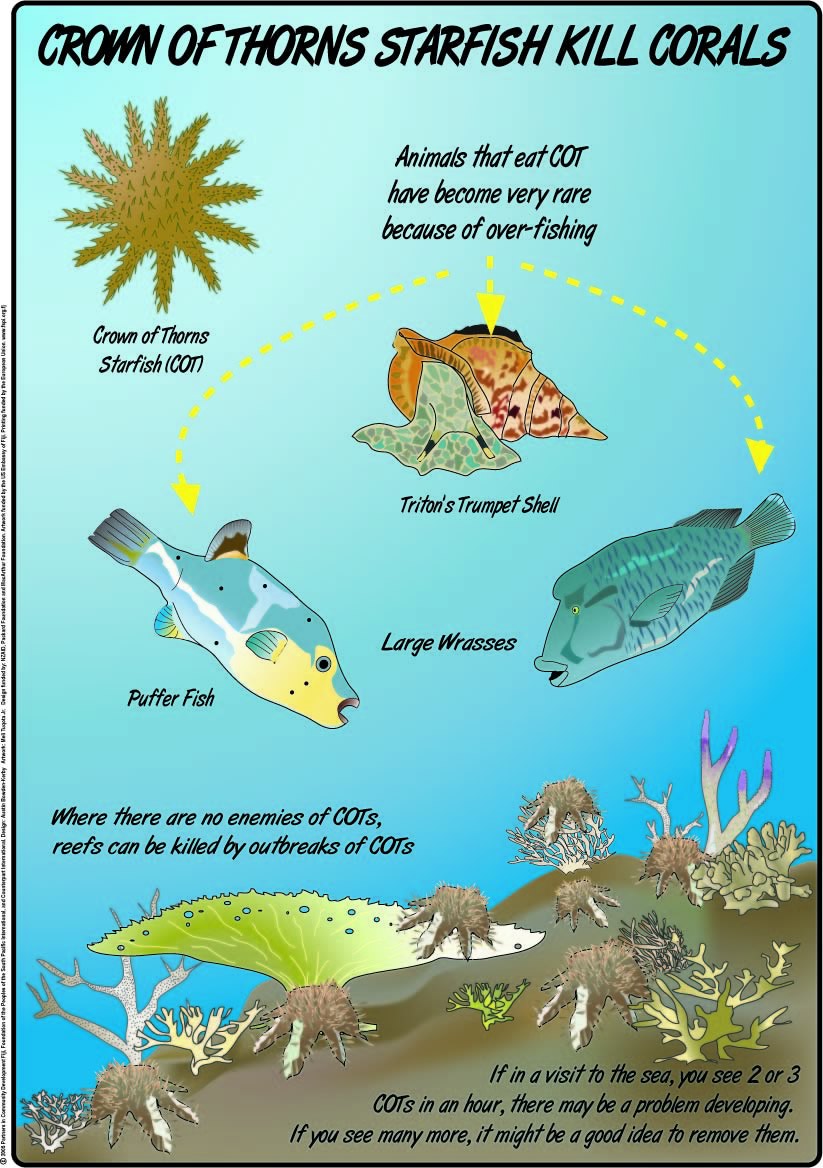
The World's Greatest Barrier Reef Australia's great underwater world Page 2

If algae populations continue to decline, predict how this might impact the Great Barrier Reef

Sea Cucumber Food Web
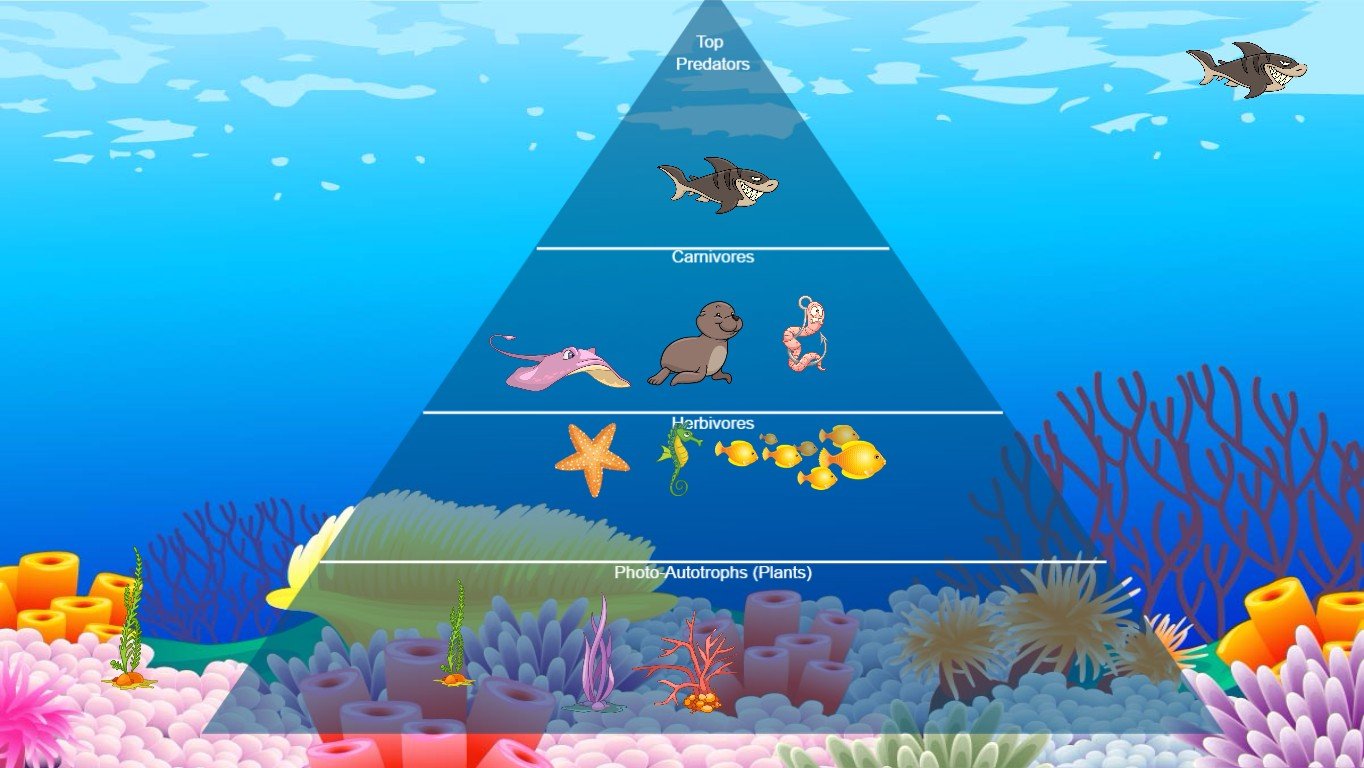
Ocean Food Chain Pyramid Tynker
Great Barrier Reef Food Web

Coral reef food web, Food web, Coral reef

Seahorses of The Great Barrier Reef Science, Food Chain ShowMe

coral reef food chain facts Dorcas Sotelo
The Great Barrier Reef, known for its stunning reefs and crystal-clear water, is home to a complex and fascinating food web. This intricate network of interconnected organisms, including fish, corals, and other marine life, relies on each other for survival. This intricate system of coral reef ecosystems includes producers, consumers, and.. From there, farmers also are working to improve water management and developing nutrient management plans that help reduce nutrient losses into the streams that travel along the Great Barrier Reef Catchments on the North Queensland coast. In total, there are approximately 4,000 growers growing 378,000 ha of sugarcane across the Reef catchments.